#Vitold Polonsky
Explore tagged Tumblr posts
Text


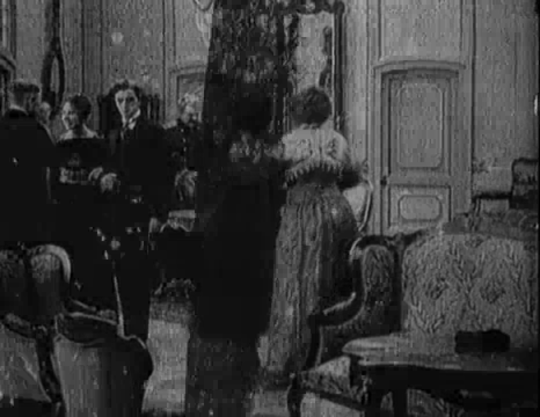
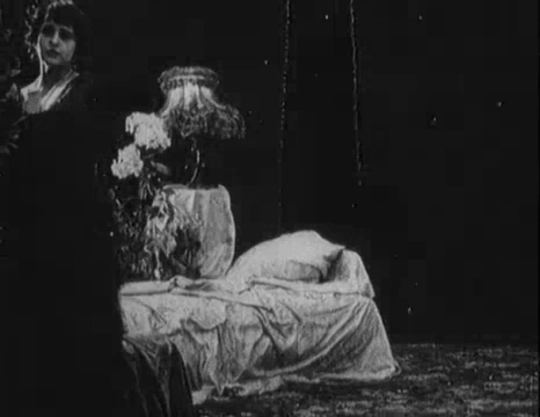
Yevgeni Bauer, {1916} Жизнь за жизнь (A Life For A Life)
#film#gif#yevgeni bauer#Жизнь за жизнь#a life for a life#vera kholodnaya#lidiya koreneva#vitold polonsky#1916#black and white#silent film#people#1910s#feature length#interiors#marked frames#weddings in films
52 notes
·
View notes
Photo


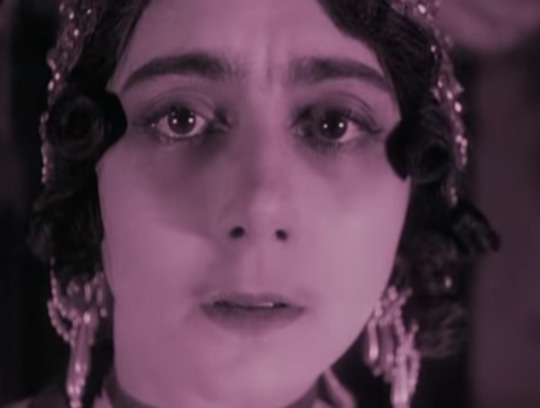

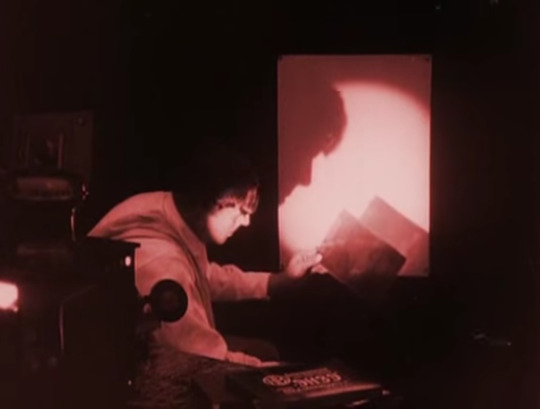


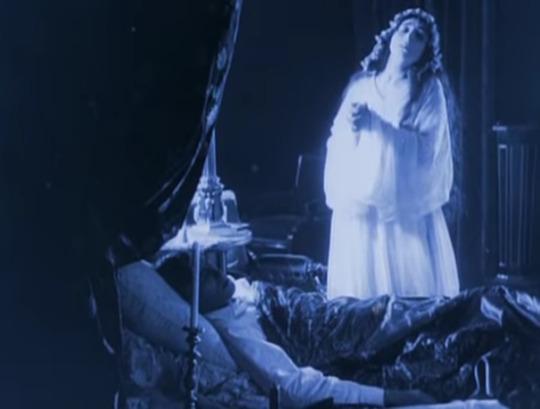

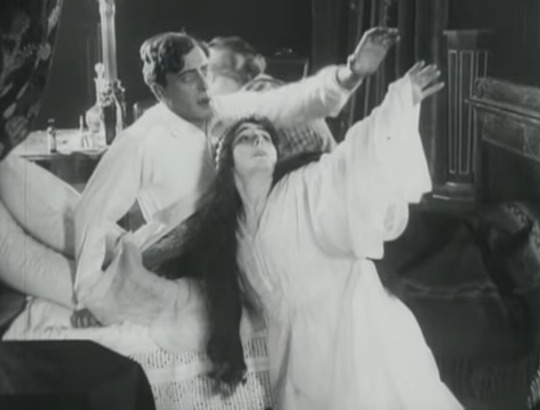
After Death (1915)
#after death#yevgeni bauer#silent film#vitold polonsky#olga rakhmanova#georg asagaroff#vera karalli#talks
10 notes
·
View notes
Photo

Vitold Polonsky and Lidya Ryndina
Russian postcard, no. 174. Collection Didier Hanson.
Vitold Polonsky (1879-1919) was one of the most popular actors in pre-Revolutionary Russian cinema.
Russian actress and author Lidya Ryndina (1884-1957) was with Vera Kholodnaya, and Vera Karalli one of the major film divas of the silent cinema of the Russian Empire. Flying the revolution, she moved to Germany where she also made a few silent films during the 1920s.
Lidiya Dmitrievna Ryndina (or Lidiya T. Ryndina according to IMDb ) was born in 1884. She was a daughter of a Russian General. Ryndina started her career as a stage actress in Kiev. Ryndina started her career as a stage actress in Kiev. She later performed at the Alexandrinsky Theatre in Saint Petersburg, and the Korsh Theatre and the Nezlobin Theatre in Moscow. In 1913, she started to appear in films for producer Iosif N. Ermoliev. She became known with roles in such silent Russian films as Peterburgskiye trushchobi/The Lower Depths of St. Petersburg (Pyotr Chardynin, Vladimir Gardin, Yakov Protazanov, 1915) with Vladimir Maksimov and Ivan Mozzhukhin, and Nikolay Stavrogin (Yakov Protazanov, 1915) with Ivan Mozzhukhin and Nathalie Lissenko. The latter was based on Fyodor Dostoevsky’s story Devils. She worked several times with the most important filmmaker of the early Russian cinema, Yevgeni Bauer. Their films include Lulia Bek (Yevgeni Bauer, 1914), Vozmezdie (Yevgeni Bauer, 1916) with Vitold Polonsky and Vera Karalli, and Lozh (Yevgeni Bauer, 1916). She also co-starred with Vladimir Strizhevsky in Zhizn trekh dney/A life of three days (Gromov, 1917).
Lidiya Ryndina left Russia because after the Russian Revolution. In fact in 1917, there was a pair of revolutions in Russia in 1917 which dismantled the Tsarist autocracy and led to the rise of the Soviet Union. In 1919, Ryndina first went to the Krim, then to Constantinople and from there to Western Europe. In Austria, and later in Germany, she was able to appear in few films during the 1920s. In 1922, she appeared in Der Unbekannte aus Russland/The Unknown from Russia (Hans Otto, 1922), based on a script by Béla Balázs. She also appeared in a supporting part in Der Mann auf dem Kometen/The Man on the Comet (Alfred Halm, 1925) with Luciano Albertini and Maly Delschaft. After the war, she moved to Paris, where she played in Henrik Ibsen’s play Ghosts. Lidya Ryndina passed away in Paris in 1957. She was married twice, first to a man called Brylkin and later to the Russian poet and publisher Sergey Alexeevich Sokolov-Krechetov.
Source: Čiurlionis, Find A Grave, Ciné-Phil-Azr (French), Wikipedia (Russian) and IMDb.
6 notes
·
View notes
Photo








Posle smerti (After Death), 1915 (dir. Yevgeni Bauer)
81 notes
·
View notes
Photo










Posle smerti (Yevgeni Bauer, 1915).
153 notes
·
View notes
Text
After Death 1915

Posle smerti (original title) Andrei lives a secluded life with his aunt, studying and thinking about his now-deceased mother. His friend Tsenin is concerned, and tries to get Andrei to accompany him to social events. After watching the actress Zoya Kadmina perform, Andrei is fascinated with her, and is then astounded to receive a note from her. He has only one brief meeting with her, and then…
View On WordPress
#drama#Movies 1915#Olga Rakhmanova#Posle smerti#Russian silent movie#Vera Karalli#Vitold Polonsky#Yevgeni Bauer
0 notes
Text
“Life for life” (1916)
Silent Russian film. Suspicious wife Lidia Koreneva and unfaithful husband Vitold Polonsky.


0 notes
Quote
To test these ideas, Kuleshov conducted a series of informal experiments that became quite famous. Here is his description of one: In 1916-1917 … the then famous matinee idol, Vitold Polonsky and I had an argument.… Emphasizing that, however one edits, the actor’s work will invariably be stronger than the montage, Polonsky asserted that there would be an enormous difference between an actor’s face when portraying a man sitting in jail longing for freedom and seeing an open cell door, and the expression of a person sitting in different circumstances—say, the protagonist of was starving and he was shown a bowl of soup. The reaction of the ator to the soup and to the open cell door would be completely different. We then performed an experiment. We shot two such scenes, exchanged the close-ups from one scene to the other, and it became obvious that the actor’s performance, his reaction of joy at the soup and joy at freedom (the open cell door) were rendered completely unnoticeable by montage.
Zacks, Jeffrey M. Flicker: Your Brain on Movies. Oxford: Oxford University Press, 2015.
0 notes
Photo










After Death | 1915 | Yevgeni Bauer | Russia
#after death#vitold polonsky#vera karalli#yevgeni bauer#1910s#russian cinema#1915#early cinema#silent film#russian film#black and white#world cinema#obsession#unrequited love#death#paranoia#masterpiece#visions#tragedy#expressionism#ivan turgenev#После смерти#posle smerti#clara militch#ghost#nightmare#russia#Россия
42 notes
·
View notes
Photo


Yevgeni Bauer, {1915} После смерти (After Death)
#film#gif#filmgifs#yevgeni bauer#После смерти#after death#vera karalli#vitold polonsky#1915#dreams#people#black and white#silent film#male filmmakers#russia#1910s#film diary 2020#feature length#fake landscapes#films#.gif
9 notes
·
View notes
Photo

Vera Karalli, Vitold Polonsky, Posle smerti, Yevgeni Bauer, 1915
12 notes
·
View notes
Photo




Her Sister’s Rival, 1916 (dir. Yevgeni Bauer)
20 notes
·
View notes
Photo










Yevgeni Bauer, {1916} Умирающий лебедь (The Dying Swan)
#film#gif#filmgifs#yevgeni bauer#Умирающий лебедь#the dying swan#vera karalli#Aleksandr Kheruvimov#Andrey Gromov#vitold polonsky#1916#black and white#landscapes#sochi#russia#plants#people#rivers#1910s#male filmmakers#feature length#walking#films#.gif
3 notes
·
View notes